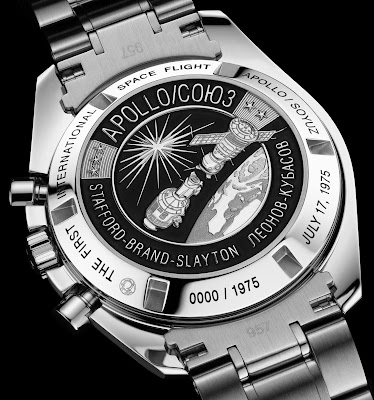The Constellation is often derided by the WIS (watch idiot savant) community as ‘dated’. This is particularly the case amongst tool watch devotees and others who favour more aggressive XL sized cases or those who hanker for the beautifully engineered and designed Constellations of the nine-fifties and sixties. But, despite the less than enthusiastic support amongst collectors of contemporary Omega watches, more high-end watch buyers purchase a Constellation than any other Omega series.
If the Omega Constellation collection was a brand in and of itself, it would be the fourth largest selling brand in the world!
The main supporters of the Constellation are women and buyers from the Orient: Japan, India, China and other Tiger economies just love ‘em. ....and it’s all because of the claws. (Click here for an essay on Carol Didisheim, the creator of this famous design)
The now ornamental claws or “griffes” on the Constellation case are one of the most recognisable watch design features on the globe. Unlike some western cultures, Oriental buyers appear to be more partial to dress and jewellery watches and are often more keenly attentive to the role brands play in communicating rank, wealth and position. In Asia, the distinctive claws of the Omega Constellation summon instant associations of brand eminence, sophistication and exclusivity, which suit the up-and-coming and younger demographics down to a tee.
So, don’t imagine that Omega will be departing from the classic Constellation design anytime soon. With such strong iconography, the Constellation with its unique claws and bezel is one of the most visible status watches in the oriental market, and its designs and positioning will remain static as long as it continues to enrich Omega’s coffers.
The Constellation design has been refreshed on a number of occasions since the advent of the original Manhattan models, the latest of which was just over a year ago. The case size of the mens model was increased to 38mm and the visible bridges and oscillating mass of the movement, decorated with Geneva waves in arabesque, can be seen through the crystal case-back.
Shown above is the mens model 123.20.38.21.13.001 in steel and red gold. An attractive and uncluttered brown dial - brushed in a radial fashion that emanates from the Constellation star - is complemented by truncated dagger minute and hour hands and chunky applied red gold hour markers. A larger rounded bezel with engraved roman numerals is anchored by the flatter and enlarged claws, giving the tonneau case a more aggressive and contemporary look. Under the dial is the exclusive Omega calibre 8500 co-axial movement which is proving to be one of the best series movements produced in the new millennium.
Priced at around $8000.00 USD or as little as $6300.00 at some on-line outlets, the new 38mm series Constellation offers a blend of excellent horology and a legendary design story.

















